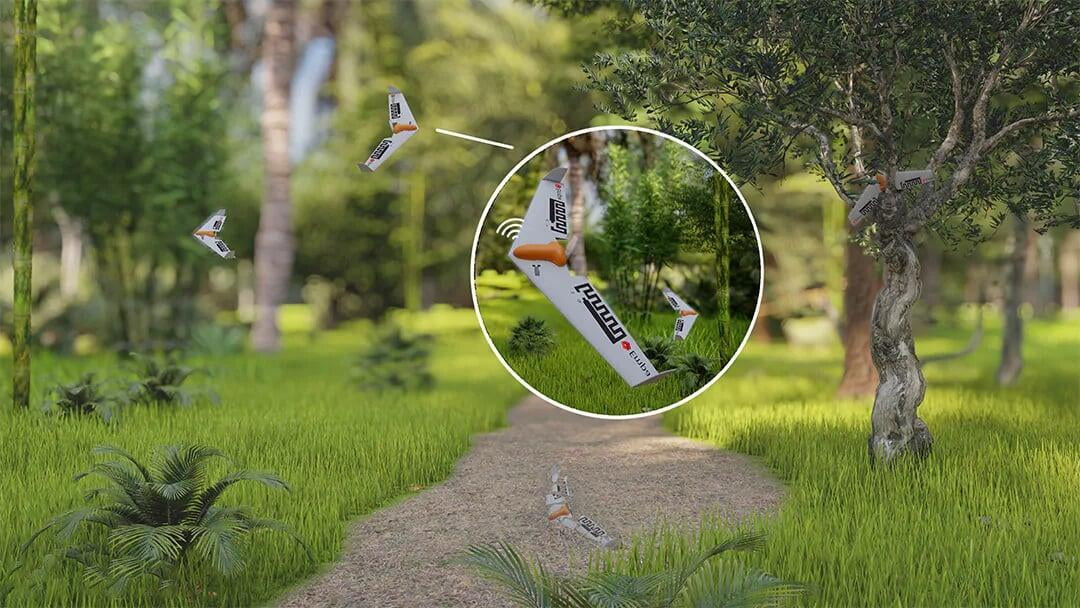As we continue to study the environmental impact of climate change, the boom in robotics has made this task cheaper and more labor-intensive. Especially thanks to flying robots or drones, data can be collected in hard-to-reach areas or ecosystems that may be easily disturbed by teams of scientists arriving to investigate in the field.
This includes natural forests, which are one of the world's largest carbon sinks and therefore very important in reducing carbon dioxide, a major greenhouse gas and driver of climate change.
However, there are still limitations to the use of advanced smart drones for environmental monitoring purposes. At least some parts of these robots must be made of silicon-based electronics, which are needed to re-collect parts of the drone after a malfunction or loss of control. In addition, drone malfunctions can lead to the deposition of harmful, non-degradable materials in fragile ecosystems, threatening the delicate balance.

A biodegradable flying machine
In Switzerland, researchers at the Swiss Federal Laboratories for Materials Science and Technology have developed a virtually biodegradable drone that can be used to monitor remote ecosystems that scientists can't or shouldn't physically access.
This inexpensive, low-impact tool may help monitor the effects of climate change, according to a team from the organization's Sustainable Development Robotics Lab. The prototype consists of starch, agar, gelatin and wood waste, and only the electronic part of the machine is not biodegradable. In tests, most of the wings of the drone biodegraded within 14 days, followed by the sensing skin a few weeks later. The flying drone can be released to collect and report data from the natural forest, and then once its mission is complete, or in the event of a malfunction, it can land on the forest floor where it decays harmlessly. This is because the "ingredients" of the drones are simply starch, agar and gelatin mixed with some wood waste.
"In this specific example, the structure as well as the printed environmental sensors are fully degradable. Most of the components of the drone can be left in the environment used for monitoring and enabling one-way tasks," said Fabian Wiesemü
"In addition, the bio-based materials used typically have a smaller environmental footprint and make the devices more sustainable. In the next step, we want to integrate other transient sensors that can provide more information about the environment. This includes indicators such as relative humidity, UV intensity and pollutant levels," says Wiesemüü

